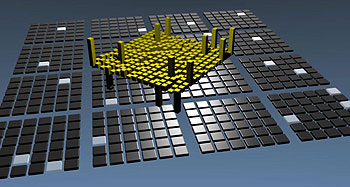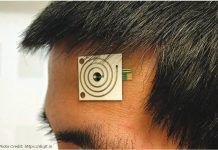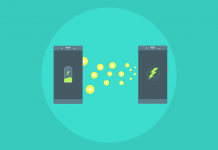
An international team has removed a major obstacle to engineer quantum systems that will play a key role in the computers, communication networks, and even biomedical devices of the future.
With the process of miniaturization advancing by the day, quantum effects will come to dominate our everyday lives.
At present it is extremely difficult to characterize quantum systems — the number of measurements required increases exponentially with the number of quantum parts. For example, an 8-qubit quantum computer would require over a billion measurements.
“Imagine that you’re building a car but you can’t test-drive it. This is the situation that quantum engineers are facing at the moment,” said UQ’s Dr Alessandro Fedrizzi, co-author of the study that was recently published in Physical Review Letters.
“We have now found a way to test quantum devices efficiently, which will help transform them from small-scale laboratory experiments to real-world applications.”
The team also include UQ collaborators Dr Marcelo de Almeida, Professor Andrew White and PhD student Matthew Broome, as well as researchers from Princeton University, the Massachusetts Institute of Technology (MIT), and SC Solutions, Inc. The researchers adapted techniques from “compressive sensing”, a hugely successful mathematical data compression method and for the first time, have applied it to experimental quantum research.
“Audio signals have natural patterns which can be compressed to vastly smaller size without a significant quality loss: this means we now store in a single CD what used to take hundreds. In the same way, compressive sensing now allows us to drastically simplify the measurement of quantum systems,” said Dr Alireza Shabani, the study’s main author from Princeton University.
“A common example for data compression is a Sudoku puzzle: only a few numbers will allow you to fill in the whole grid. Similarly, we can now estimate the behaviour of a quantum device from just a few key parameters,” said co-author Dr Robert Kosut from SC Solutions, Inc., who developed the algorithm with Dr Shabani, Dr Masoud Mohseni (MIT) and Professor Hershel Rabitz (Princeton University).
The researchers tested their compressive sensing algorithm on a photonic two-qubit quantum computer built at UQ, and demonstrated they could obtain high-fidelity estimates from as few as 18 measurements, compared to the 240 normally required.
The team expects its technique could be applied in a wide range of architectures including quantum-based computers, communication networks, metrology devices and even biotechnology.



